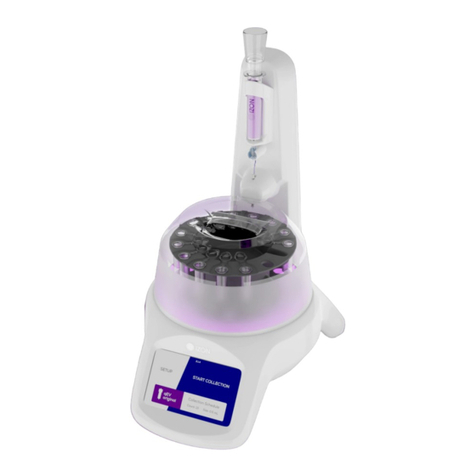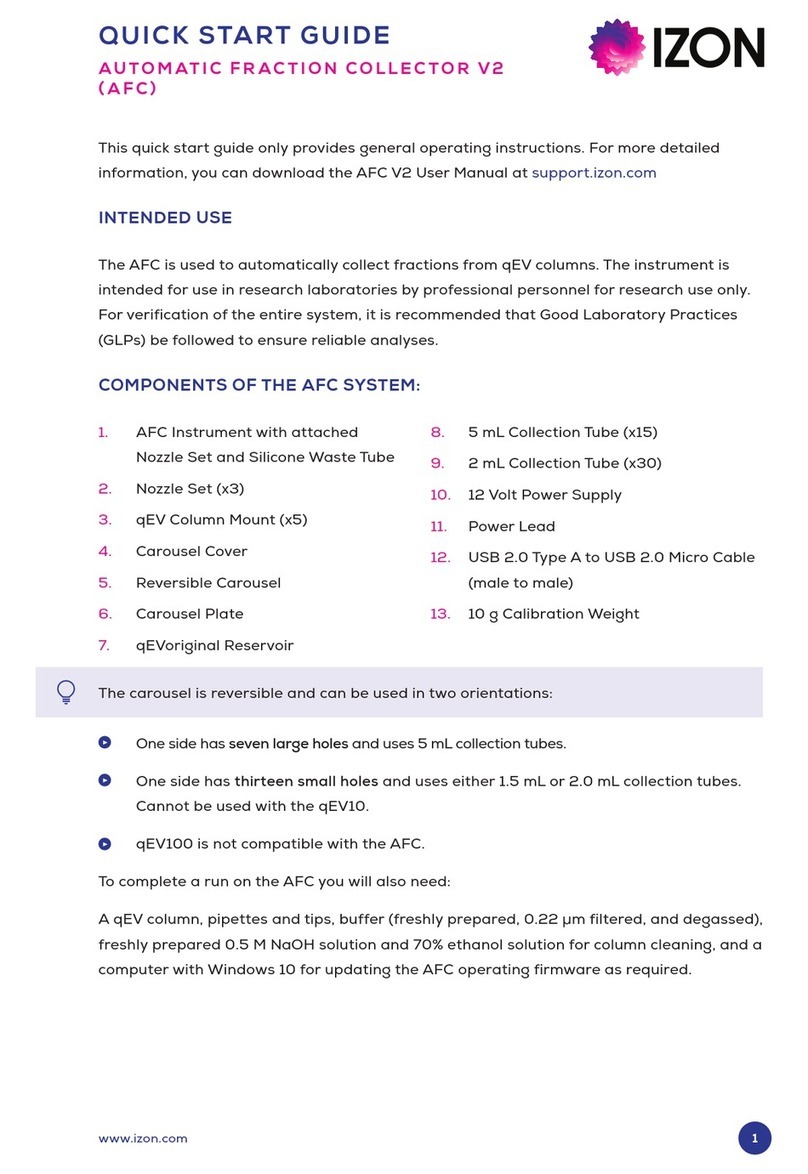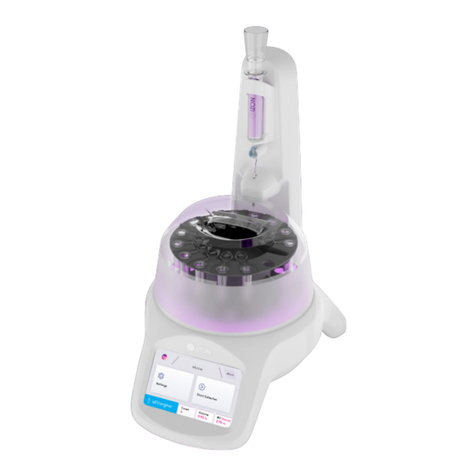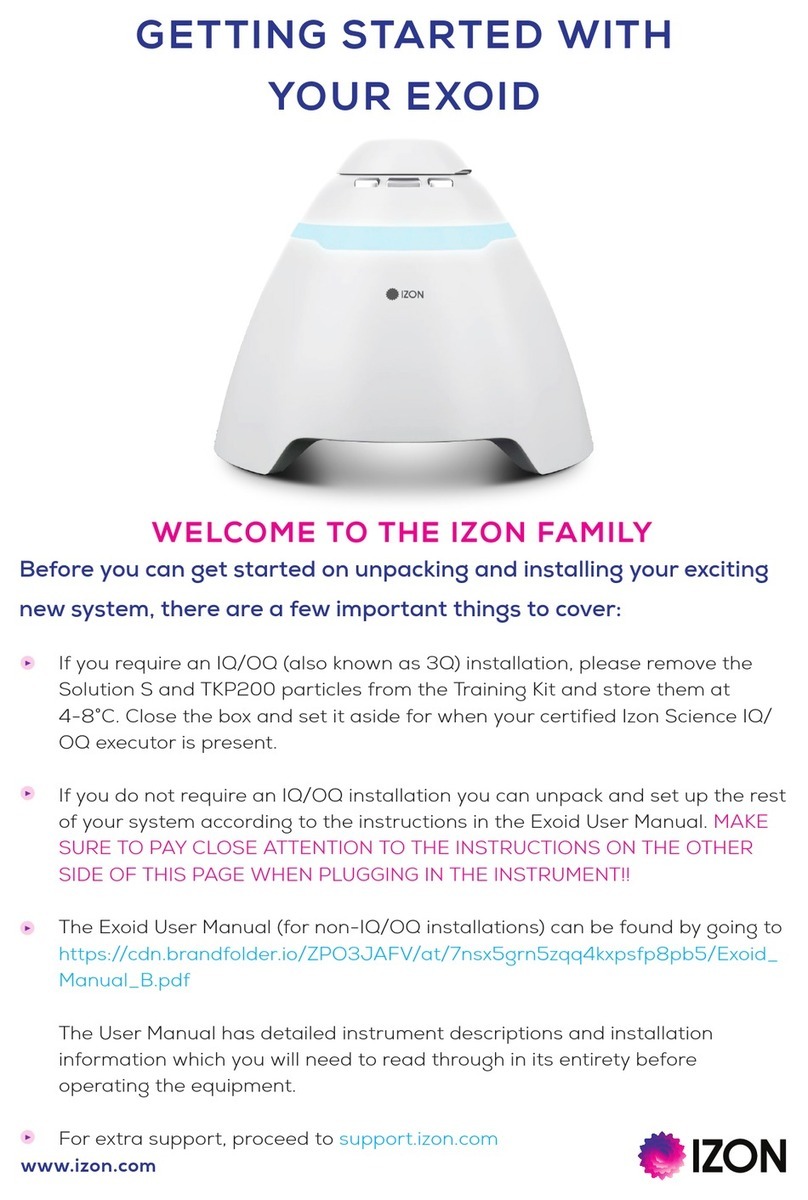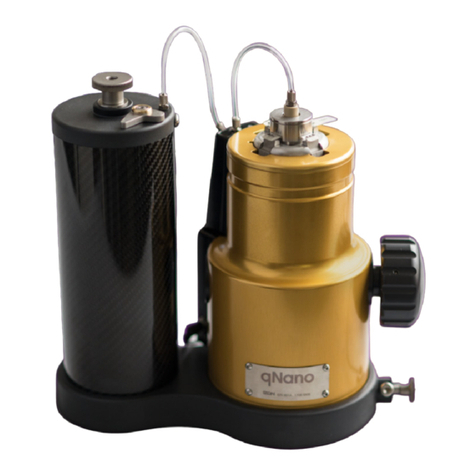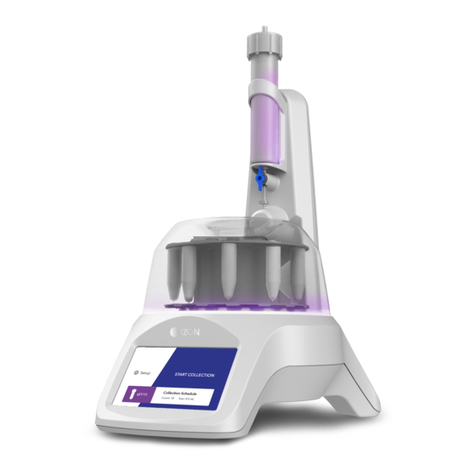
1 DEFINITIONS AND WRITING CONVENTIONS ...................................................4
2 SAFETY AND HAZARDS...........................................................................................6
Safe Use Requirements and Specifications.......................................................................... 6
Hazards..................................................................................................................................................6
3 INTRODUCTION TO THE EXOID.............................................................................8
Overview................................................................................................................................................8
Fluid Cell V2........................................................................................................................................ 10
Intended Use...................................................................................................................................... 10
Important Information ....................................................................................................................11
4 ASSEMBLY AND SETUP INSTRUCTIONS.......................................................... 12
Instrument power and general operation........................................................................... 12
General Operating Procedures................................................................................................. 12
Assembling and Installing the Exoid....................................................................................... 13
Connecting to a computer........................................................................................................... 13
5 OPERATING INSTRUCTIONS ................................................................................ 15
Initial Connection ............................................................................................................................. 15
Investigation Details....................................................................................................................... 16
Nanopore Setup............................................................................................................................... 16
Sample analysis ............................................................................................................................... 18
Guide to real time data................................................................................................................. 19
Guide to real time system metrics........................................................................................... 21
Sample Changeover ...................................................................................................................... 21
Nanopore and System Cleaning.............................................................................................. 21
6 TYPES OF ANALYSIS ............................................................................................. 22
Concentration and size measurements............................................................................... 22
Size and zeta measurements ................................................................................................... 22
7 MANUALLY CONTROLLING SYSTEM PARAMETERS ................................... 25
Stretch................................................................................................................................................. 25
Applied Pressure ............................................................................................................................26
8 TROUBLESHOOTING .............................................................................................28
9 FURTHER SUPPORT............................................................................................... 33
TABLE OF CONTENTS
3www.izon.com






